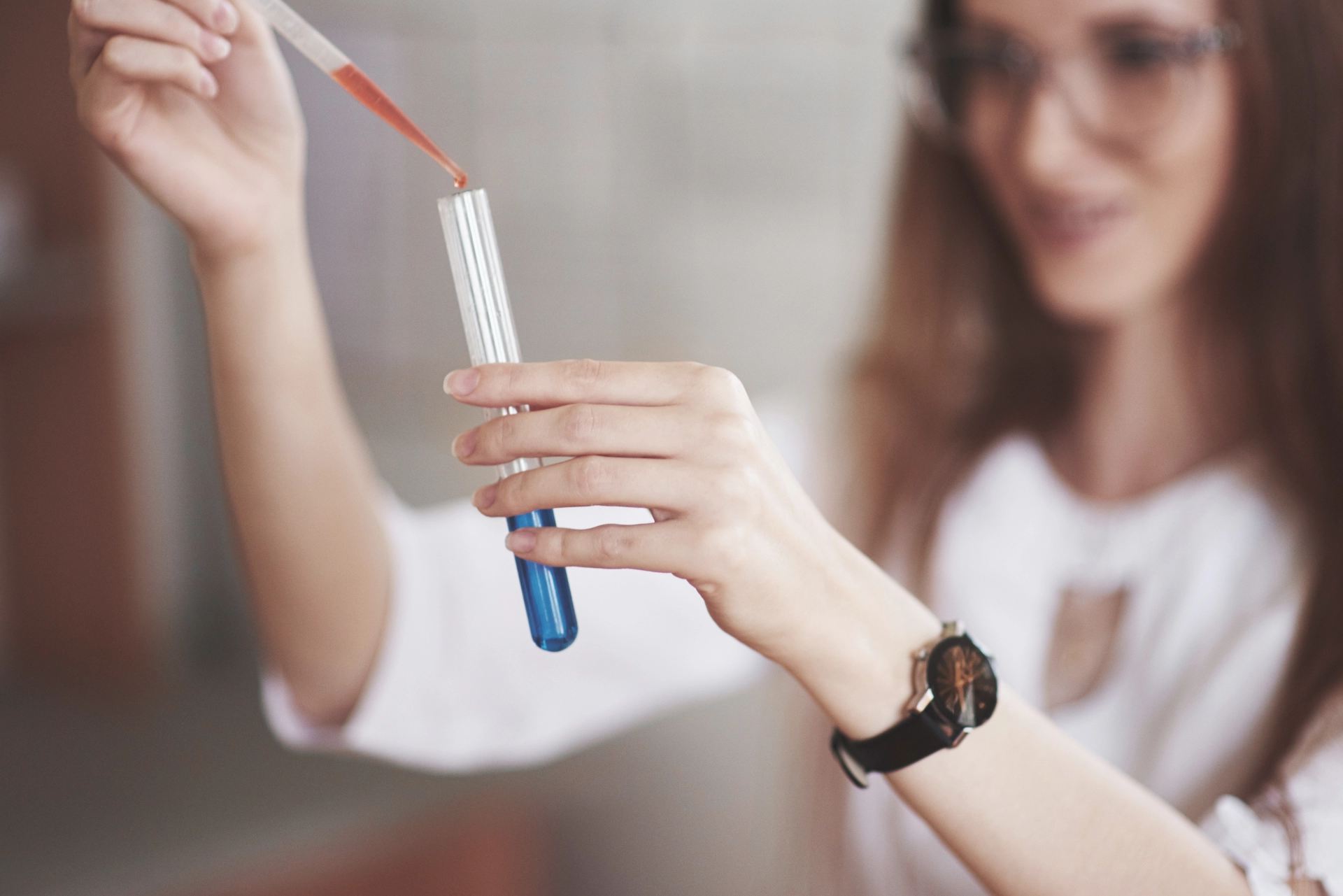What is rheumatism?
Rheumatism, or more correctly, acute rheumatic fever, is an inflammatory disease of the connective tissue that occurs after tonsillitis and pharyngitis caused by group A beta-hemolytic streptococcus. Children are at risk for this disease, who often get sick with angina. The risk of developing the disease in adults is relatively lower. That is, this bacterium disrupts our immune mechanisms, leads to autoimmune inflammation, as a result of which our immune system shows an aggressive response to our own tissues. The joints, heart, as well as the skin, nervous system, kidneys, blood vessels, respiratory system, gastrointestinal system, etc. are most often affected.
The occurrence of rheumatism is characterized by a benign course, lasts about 2-3 weeks and passes independently or against the background of weak anti-inflammatory drugs, without causing joint deformation.
We distinguish chronic rheumatic disease, which is already a heart disease, it occurs after a severe acute rheumatic fever and leads mainly to damage to the heart valve apparatus. Therefore, most of the causes of the development of heart valve defects are acute rheumatic fever in childhood. Among the developing heart defects are
mitral stenosis, mitral valve insufficiency, aortic valve insufficiency, etc
. Early diagnosis of defects is very important, as this can lead to the development of heart failure.
Based on the complications that arise, rheumatism is more a heart disease than a joint disease. Therefore, stable, long-term, deforming arthritis in adulthood is unlikely to be due to rheumatism, so you should consult a rheumatologist for diagnosis and treatment.
Prevention of rheumatism:
As with any disease, in this case, it is naturally more correct to prevent the development of the disease - prophylaxis. Prevention in rheumatism is primary and secondary.
Primary prevention
is aimed at increasing the resistance of the immune system. These include: full nutrition with vitamins and proteins, physical activity, frequent ventilation in closed collectives, vaccination against seasonal flu. Secondary prevention
includes, especially in children, early diagnosis of angina, tonsillitis, pharyngitis, and treatment with antibiotics.
Treatment of rheumatism:
Group A beta-hemolytic streptococcus is especially sensitive to penicillin antibiotics. However, due to various circumstances (the SARS-Cov 2 pandemic, the unjustified use of antibiotics during respiratory viral infections, etc.), unfortunately, antibiotic resistance has developed, which complicates the treatment of streptococcal infections.
Bicillin prophylaxis is also important in patients who have had acute rheumatic attacks in their anamnesis. Bicillin prophylaxis prevents the development of heart defects, and if the heart valves have already been affected, the patient must receive bicillin injections throughout his life.
For the correct diagnosis and effective treatment of rheumatic diseases, it is important
to contact an experienced specialist. Leading specialists who work at the Dalimed Medical Center, will help prevent the development of the disease.






